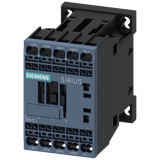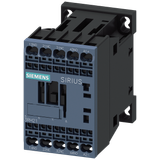Auxiliary Contactors
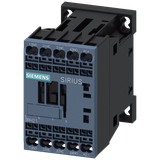
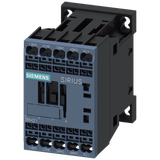
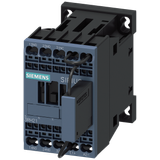
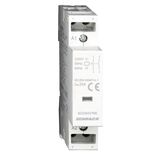
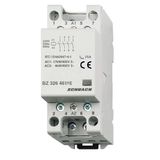
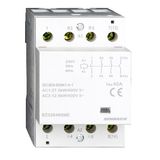
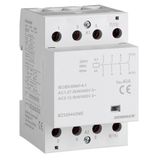
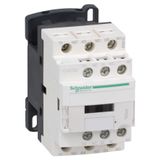
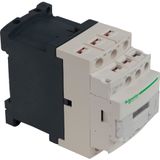
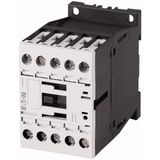
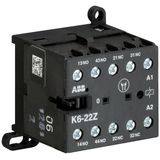
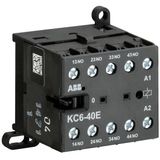

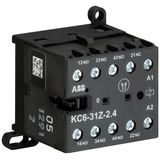
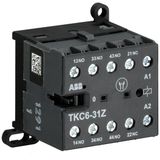
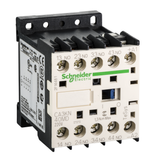
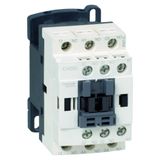
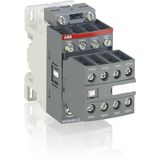
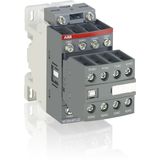
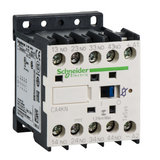
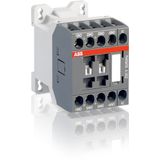
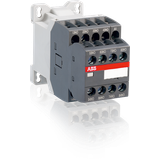
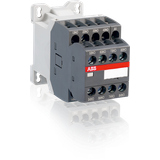
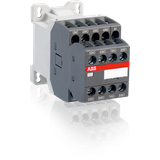
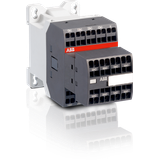
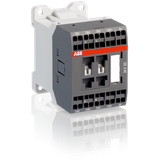
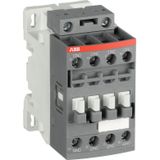
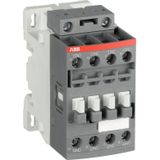
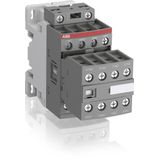
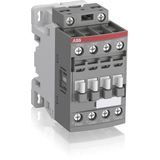
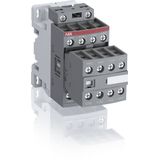
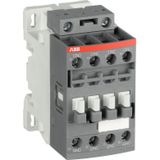
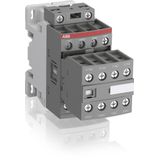
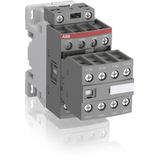
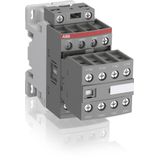
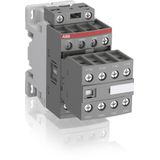
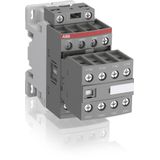
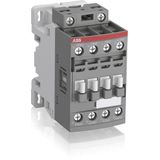
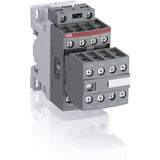
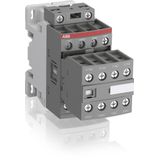
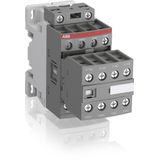
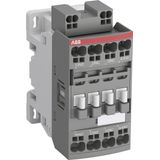
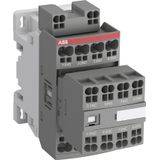
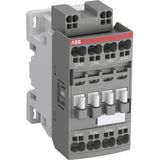
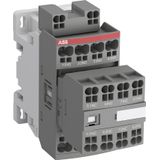
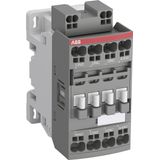
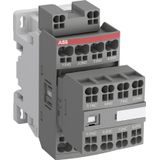
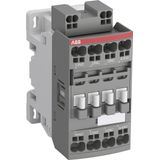
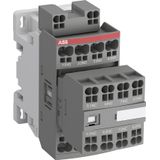
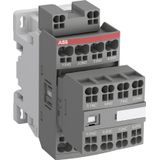
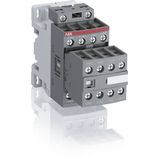
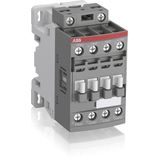
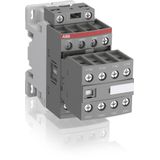
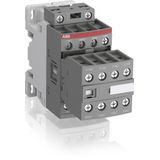
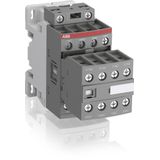
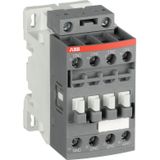
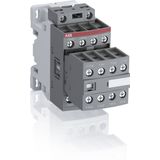
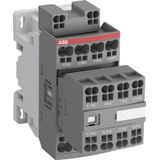
Auxiliary Contact Blocks and Auxiliary Contactors in Wholesale Distribution
The auxiliary contact block, together with the broader category of auxiliary contacts, has long been a crucial component in electrical distribution and control engineering. While the spotlight in industrial installations often shines on high-power contactors, circuit breakers, and relays, the smaller yet highly technical auxiliary contactor and its variations play a silent but indispensable role. From enabling status signaling and interlocking to providing feedback for automation systems, auxiliary contacts have historically been one of the key building blocks in the evolution of reliable switching devices.
When electrical engineers first began developing standardized low-voltage switchgear in the early 20th century, the demand was not only for devices that could carry or interrupt power but also for a mechanism to communicate the state of those devices. Whether a motor contactor was open or closed, whether a circuit breaker had tripped, or whether a relay had engaged—such information needed to be transmitted to auxiliary circuits, often at a lower current and voltage rating. The auxiliary contact block was born as the dedicated device to fulfill this need. In automation setups, https://bankoflamps.com/abb-motor-protection-circuit-breakers integrate smoothly with auxiliary contactors. The result is simplified motor control combined with guaranteed overload protection.
Today, the auxiliary contactor exists in multiple forms: integrated modules that clip directly onto a primary contactor, standalone auxiliary contact blocks, relay auxiliary contacts designed for control panels, and circuit breaker auxiliary contacts providing trip indication or alarm signals. Across industries—manufacturing, energy, HVAC, and building automation—procurement teams recognize the auxiliary contact as an essential accessory, not optional. It ensures the smooth coordination between power switching equipment and the wider automation, protection, and monitoring infrastructure.
Historical Development of Auxiliary Contacts
The earliest auxiliary contacts were simple mechanical add-ons attached to electromechanical relays and contactors. Their operation was synchronized with the main contact but electrically isolated, allowing separate control signals to be sent to pilot lamps, annunciators, or logic relays.
By the 1950s and 1960s, auxiliary contactors had become standardized modules, often mounted on the side or top of a contactor body. This modular approach gave panel builders and electrical distributors flexibility: a single base contactor design could be combined with different auxiliary contact blocks depending on application. The auxiliary contacts could be configured as normally open (NO) or normally closed (NC), with ratings tailored for low-current signaling circuits.
The next wave of innovation came with circuit breakers. As molded case and miniature circuit breakers proliferated, there was growing need for circuit breaker auxiliary contacts to provide remote indication of breaker status. Procurement catalogs from the 1970s already included auxiliary contact blocks that could be snapped onto breaker frames, with wiring terminals accessible for integration into alarm or SCADA systems.
Today, both relay auxiliary contacts and contactor auxiliary contacts are designed in compliance with international standards such as IEC 60947 or UL 508, with detailed test protocols for endurance, insulation strength, and mechanical reliability. Bulk buyers—distributors, panel manufacturers, and OEMs—source these components in high volumes, knowing they are part of every complete electrical assembly shipped to end users.
Technical Specifications and Standards
For procurement specialists evaluating auxiliary contacts, specifications are not trivial checkboxes but critical decision factors. A comprehensive understanding of these parameters ensures compatibility, reliability, and compliance with safety regulations.
Key specifications include:
- Electrical rating: Auxiliary contacts are typically rated for low current, often between 1 A and 10 A at voltages ranging from 24 V to 690 V, depending on the design. Ratings for AC and DC circuits are specified separately.
- Contact configuration: Common configurations include 1NO, 1NC, 2NO, 2NC, or mixed (1NO+1NC). The number of poles influences the flexibility in signaling multiple states.
- Insulation voltage (Ui): Defines the maximum voltage the auxiliary contact can withstand without breakdown. Usually aligned with IEC standards.
- Thermal current (Ith): Specifies the maximum current the contact can carry continuously without overheating.
- Impulse withstand voltage (Uimp): Critical in industrial environments where transient surges may occur.
- Mechanical endurance: High-quality auxiliary contact blocks can reach endurance levels exceeding 10 million operating cycles.
- Connection type: Screw clamp, spring clamp, or push-in terminals affect installation speed and reliability.
- Mounting method: Side-mount, front-mount, clip-on, or plug-in depending on the base device.
Standards and certifications include:
- IEC 60947-4-1 (for contactors and motor starters) covers auxiliary contactors used in industrial applications.
- IEC 60947-5-1 (for control circuit devices) applies to auxiliary contacts integrated into pushbuttons, relays, and signaling units.
- UL 508 certification ensures compliance with North American requirements.
- CSA standards apply in Canadian markets.
- CE marking indicates conformity within the EU.
- RoHS and REACH compliance is critical for environmentally responsible procurement.
Wholesale buyers need assurance that every auxiliary contactor in bulk supply meets these certifications. Failure to comply exposes installers to liability and increases risk of downtime in sensitive applications.
Extended Overview of Subtypes and Variations
The auxiliary contact market is not monolithic. It is a structured ecosystem of subtypes, each optimized for different host devices.
- Contactor Auxiliary Contacts
- Designed to mount directly on contactors.
- Provide status feedback for motor control circuits.
- Variants include side-mounted blocks and top-mounted auxiliary modules.
- Widely used in automation panels where motor contactors must communicate with PLCs.
- Auxiliary Contact Block
- Modular accessory added externally to a device.
- May provide additional poles to an existing contactor.
- Offered in multiple NO/NC combinations.
- Bulk procurement often includes ordering standard packs of 1NO+1NC configurations for maximum flexibility.
- Relay Auxiliary Contact
- Small-scale auxiliary contacts integrated with control relays.
- Used to separate low-level signals or provide additional switching outputs.
- Important in sequence control and interlocking schemes.
- Circuit Breaker Auxiliary Contacts
- Snap-on modules for miniature or molded case circuit breakers.
- Indicate ON/OFF status or TRIP conditions.
- Frequently specified in commercial buildings for centralized monitoring.
- Magnetic vs. Mechanical Auxiliary Contacts
- Mechanical auxiliary contacts operate purely through physical linkage with the main contact.
- Magnetic auxiliary contacts rely on the electromagnetic field generated by the main device, offering higher accuracy and reliability in some designs.
- Specialized Auxiliary Contactors
- Used in railway, mining, or high-voltage industrial installations.
- Feature reinforced insulation, higher impulse withstand ratings, or extended mechanical life.
The breadth of auxiliary contactors available in distributor catalogs reflects the diversity of end applications. Procurement teams often standardize on a handful of models across projects, but availability of specialized auxiliary contactors ensures coverage for niche requirements.
Use-Case Scenarios in Industry and Commerce
Auxiliary contacts are invisible in the final output of a system but indispensable in its operation. Their role extends across multiple sectors:
- Motor control centers (MCCs): A contactor with auxiliary contacts provides feedback to the MCC controller, ensuring that motor start/stop commands are verified.
- Building automation: Circuit breaker auxiliary contacts connect to building management systems (BMS) to signal fault trips, improving response time during electrical failures.
- Elevator systems: Relay auxiliary contacts coordinate safety interlocks and sequence logic, preventing unsafe operation.
- Power generation plants: Auxiliary contactors in switchgear provide status signals to SCADA systems monitoring turbine, generator, and transformer circuits.
- HVAC installations: Auxiliary contacts in fan coil unit controllers help automate staged operations for energy efficiency.
- Renewable energy systems: Inverters and protection relays rely on auxiliary contact blocks to report breaker status, ensuring safe grid connection.
- Industrial machinery: Safety interlocks depend on auxiliary contacts to disable hazardous motion during maintenance.
These scenarios highlight that auxiliary contacts, though low-power, are mission-critical. Any procurement strategy that overlooks them risks jeopardizing entire automation chains.
Bulk Procurement and Logistics Considerations
For wholesale distributors and procurement managers, sourcing auxiliary contacts involves more than technical compatibility. Logistics, packaging, and cost structures are central to decision-making.
- MOQ and bulk packs: Auxiliary contact blocks are often shipped in bulk cartons, with minimum order quantities (MOQs) tailored for distributors. Buying in packs reduces handling time and ensures consistent stock.
- Compatibility checks: Procurement teams must verify that auxiliary contacts are matched with specific contactor or breaker series. Cross-reference charts are critical in bulk orders.
- Global availability: Distributors covering multiple regions require auxiliary contacts certified for both IEC and UL markets, avoiding duplication of SKUs.
- Lead times: Auxiliary contactors are generally available ex-stock, but specialized variants may require extended lead times. Planning procurement schedules is essential for large projects.
- Storage and handling: Though small, auxiliary contact blocks require protective packaging to prevent terminal damage during transit. Bulk logistics often employ compartmentalized cartons.
- Pricing strategies: Margins in auxiliary contacts can vary significantly. For distributors, maintaining a balanced portfolio of premium and standard auxiliary contactors allows coverage of both cost-sensitive and high-reliability projects.
Closing Remarks
The auxiliary contact, whether in the form of a standalone auxiliary contact block, a relay auxiliary contact, or circuit breaker auxiliary contacts, represents a small but indispensable element of modern electrical engineering. Every contactor with auxiliary contacts, every circuit breaker auxiliary contact, and every auxiliary contactor in a control panel contributes to the integrity, safety, and intelligence of larger systems.
For wholesale distributors, auxiliary contacts are not peripheral accessories but high-volume, repeat-order components that secure steady demand. Engineers specify them in every project, and procurement managers rely on trusted distributors to supply certified, compatible, and cost-effective auxiliary contactors in bulk. With proper attention to technical detail, logistical efficiency, and certification compliance, the distribution of auxiliary contacts remains one of the most stable and essential segments of the electrical supply chain.










